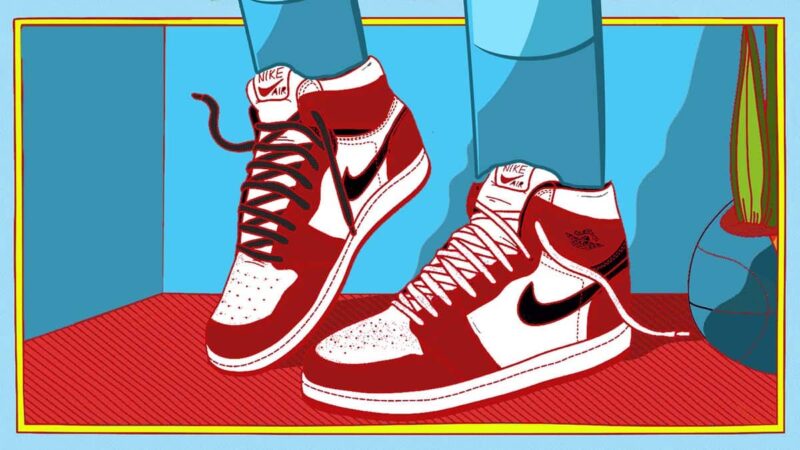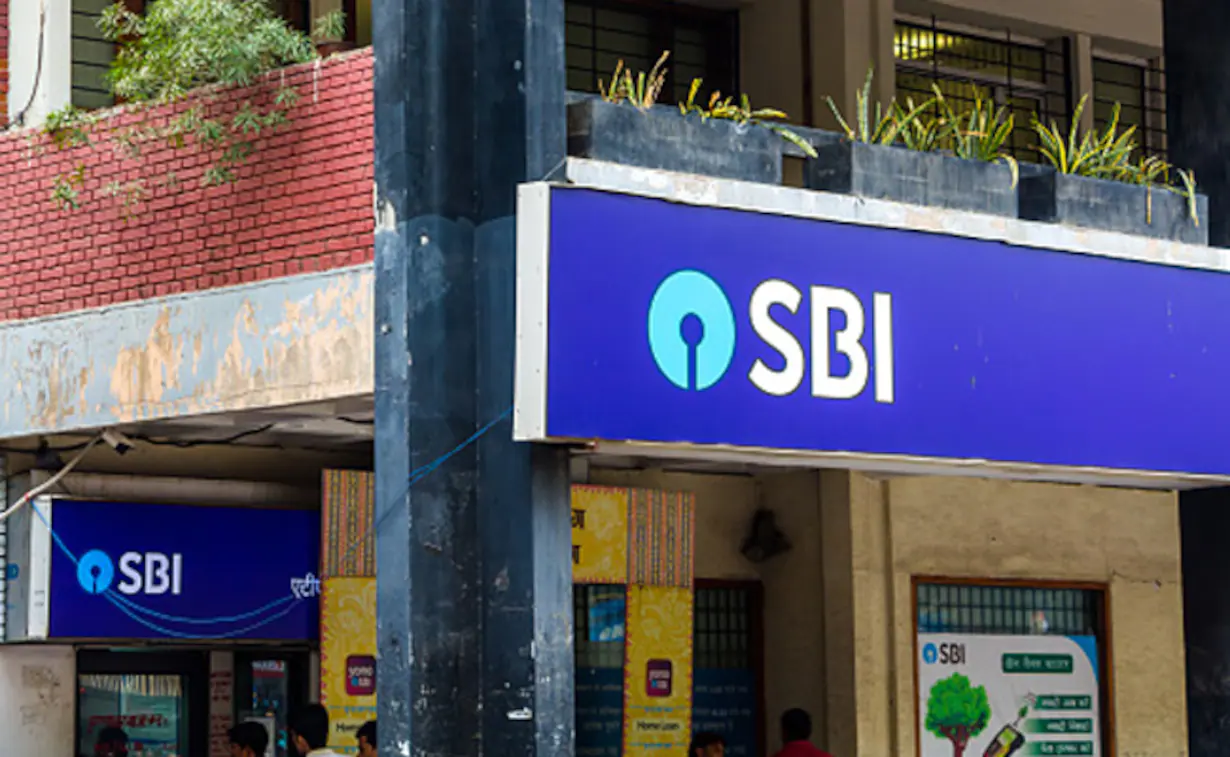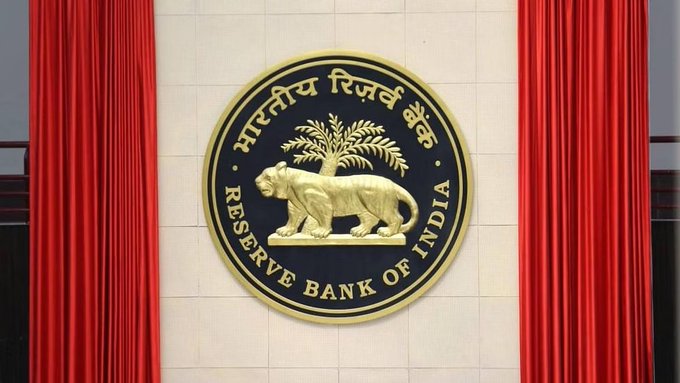In the run-up to the unscheduled monetary policy committee (MPC) meeting today, there has been a debate among a section of economists on whether this meeting is about a rate hike or not.But the debate itself Is unwarranted; it was clear from the day of the announcement that the November 3 meeting would be about framing responses to the government on the central bank’s failure to meet its inflation target for three consecutive quarters (retail inflation, on average, has been above 6 percent).
The MPC meeting on November 3 was called under two sections. Of this, Section 45ZN of the Reserve Bank of India (RBI) Act, 1934, refers to the failure to adhere to the inflation target. It kicks in when the RBI fails to meet the inflation target, as was the case when CPI inflation averaged 7 percent in the July-September period, 7.3 per cent in April-June quarter and 6.3 per cent in the January-March period.
When this happens, the RBI has to write a report to the central government listing the reasons for its failure to achieve the inflation target, remedial actions proposed to be taken, and an estimate of the period within which the inflation target will be achieved, pursuant to timely implementation of the proposed remedial actions.
The second provision is Regulation 7 of the RBI Monetary Policy Committee and Monetary Policy Process Regulation, 2016. It states that the secretary to the committee shall schedule a separate meeting as part of the normal policy process to discuss and draft the report to be sent to the Central Government under the provisions of Section 45ZN of the Act. The report needs to be sent to the Central Government within one month of the date on which the Bank has failed to meet the inflation target.Both provisions make the circumstances under which the additional MPC meeting has been called clear. Hence a rate action is ruled out.
In his speech at the IBA-FICCI banking conclave, RBI governor Shaktikanta Das staunchly defended the RBI’s tactics to rein in inflation. The debate about the Reserve Bank being behind the curve in terms of tightening monetary policy has ended and “is no longer there”, Das said. He added that the central bank didn’t want to upset the economic recovery by taking a tough stance early on against inflation.If we had started the process of tightening earlier, what would have been the counterfactual scenario? What you prevent in the process does not get the kind of appreciation that it should get. We prevented a complete downturn of the economy,” the central bank chief said.
But, the counter-argument is that had the central bank acted early, using small doses of rate hikes, it could have avoided sharp rate hikes (nearly two percentage points in all) in a span of just five months. Sudden and sharp rate hikes can have an adverse effect on an economic recovery too.
This is what Jayanth Varma, Das’ colleague in the MPC, argued in the minutes released on October 14. Varma said too much rate tightening will hamper the nascent recovery seen in economic growth.
“In my view, it is dangerous to push the policy rate well above the neutral rate in an environment where the growth outlook is very fragile. While the level of economic output has recovered to pre-pandemic levels, it remains well below the pre-pandemic trend line,” said Varma who voted in favour of a 50 bps policy rate hike but voted against the majority resolution of further withdrawal of accommodation.
Hence, there are differences within the MPC itself on rate tightening in such a fashion.Big embarrassment for the RBI
No matter what the RBI argues to show it acted correctly on inflation, the fact is that its failure to control inflation is a big embarrassment for the regulator. This is the first time the RBI is facing such a situation since the inception of the MPC in 2016. The RBI’s primary mandate is price stability, while keeping the need to support growth in mind.
What will the RBI likely say in its response? As this writer highlighted in an earlier column, to begin with, the MPC will argue that inflation is primarily caused by supply-side shocks. The panel might say increasing interest rates can only curb demand, and thus rein in demand-driven inflation. Prolonged higher global commodity prices over the last few years have certainly had an impact on overall inflation.
Second, the MPC will likely cite the sharp depreciation in the rupee as a contributing factor to higher inflation. A weak rupee discourages imports as they become more expensive (for every dollar, you have to pay more in rupees). Thus, more expensive goods (due to lower imports) fuel inflation.Third, the RBI will likely give an account of the actions taken so far to tackle inflation, particularly the consecutive rate hikes, including the mid-policy hike in May. The central bank may argue it has done enough to control inflation.
Fourth, the panel might highlight unfavourable international factors, such as the Russia-Ukraine war and the US Fed rate hikes (with the most recent one coming yesterday, and more on the anvil), which have a bearing on the rupee and inflation, and over which the RBI has no control.Fifth, the RBI will probably assure the government that inflation is on course to ease to its comfort level by early next fiscal year, when earlier policy actions take effect, albeit after a lag.
So what nowThe next thing to watch for is the Government’s response to the RBI letter and the remedial actions it proposes, particularly considering that the apex bank might also recommend some fiscal measures to ease supply side constraints.
















